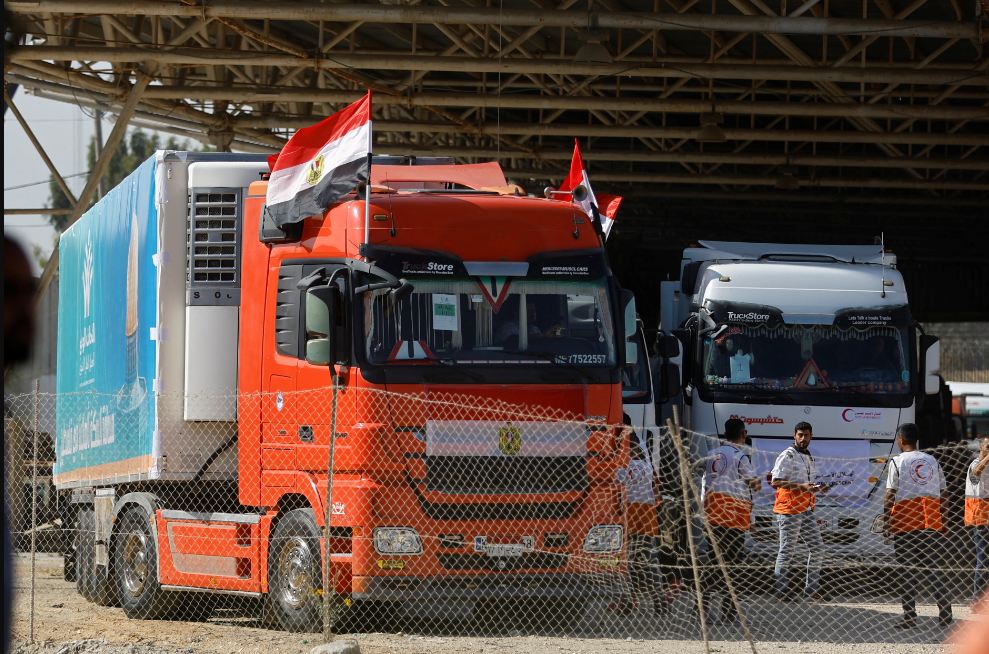Moderate Iran quake kills two, draws many into Tehran streets
Dubai (Reuters) – Two people died after a 5.1 magnitude earthquake struck northern Iran in the early hours of Friday, sending people in and around the capital Tehran fleeing from their homes in panic, state television reported.
At least 38 were injured, but there was no major damage from the quake and nearly 50 milder aftershocks that struck on the border of the provinces of Tehran and Mazandaran, it added.
The epicentre was south of Iran’s highest peak, the snow-capped Mount Damavand, according to the United States Geological Survey (USGS).
The 5,761-metre (18,900-foot) mountain is volcanic, but Iranian officials said the quake was not triggered by volcanic activities.
The head of Iran’s seismology centre said the strongest aftershock had a magnitude of 3.9 and suggested that weak aftershocks reduced the likelihood of a major quake in Tehran, which lies on or near several active fault lines.
“These aftershocks were a good sign that the (5.1 magnitude) quake was the main one, and that the aftershocks were going through their normal course … although it would be very wrong to say that there is no danger of an earthquake in Tehran,” Ali Moradi told state TV.
Soon after the quake struck, officials urged people who spent the night outdoors for fear of aftershocks to observe the social distancing mandated by the new coronavirus.
COVID-19 has killed 6,541 people and infected more than 104,691 in Iran, according to the Health Ministry.
Authorities also assured the public there was no shortage of petrol as people rushed to gas stations to fill up after the quake and many spent the night in their cars.
Those who died were a 21-year-old woman in Tehran who suffered heart failure, and a 60-year-old man in the city of Damavand, east of the capital, killed by a head injury, officials said.
Tehran province governor Anoushirvan Mohseni-Bandpey told state TV that four of the 38 people injured were hospitalised.
The earthquake caused cracks in some walls of the 19th-century Sahebqaraniyeh Palace in northern Tehran, one of the grandest palaces of the Qajar dynasty, the state news agency IRNA reported.
Crisscrossed by major fault lines, Iran is one of the most earthquake-prone countries in the world. In 2003, a magnitude 6.6 quake in Kerman province killed 31,000 people and flattened the ancient city of Bam.
The latest quake was at a shallow depth of 7 km (4.3 miles), according to the USGS.



